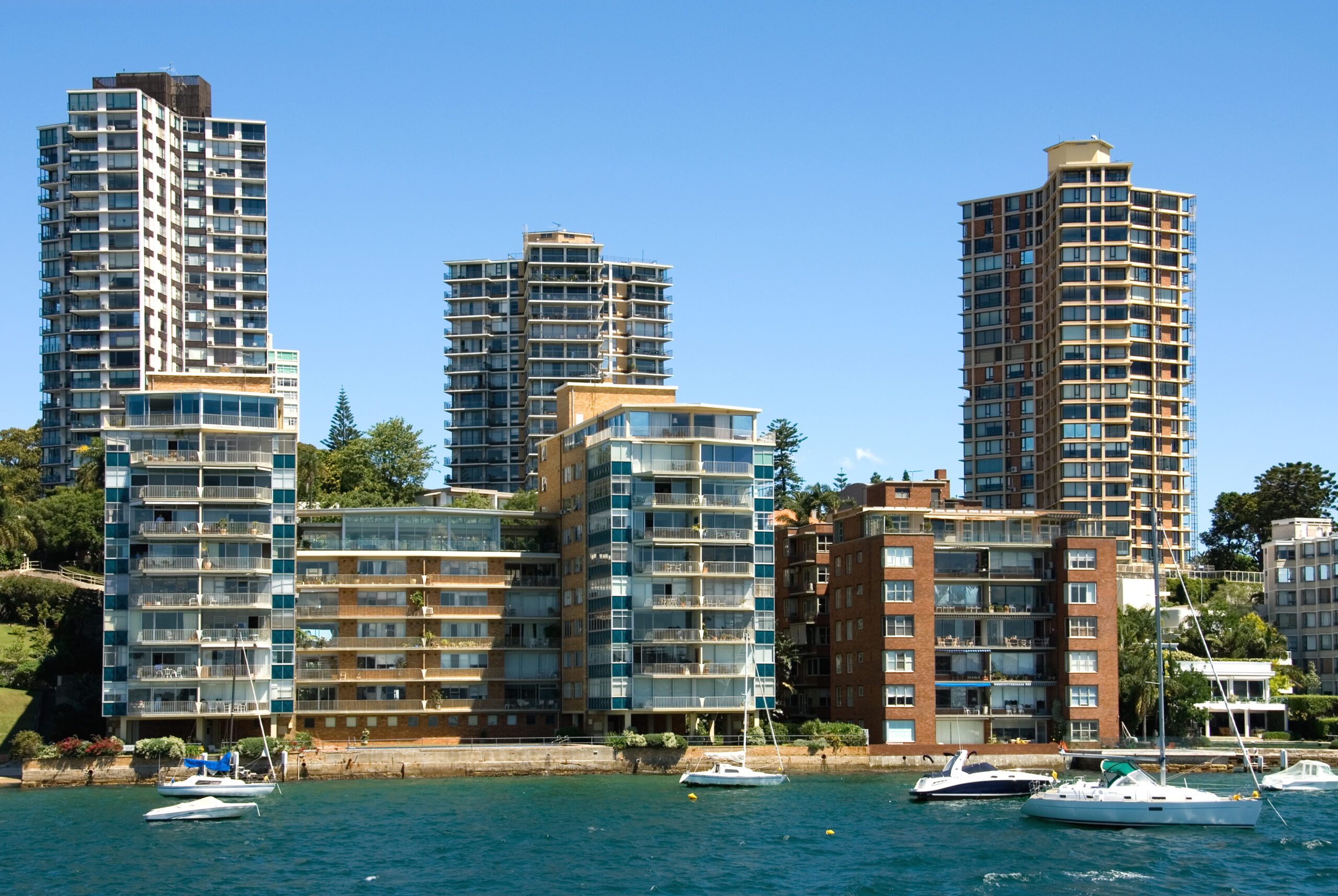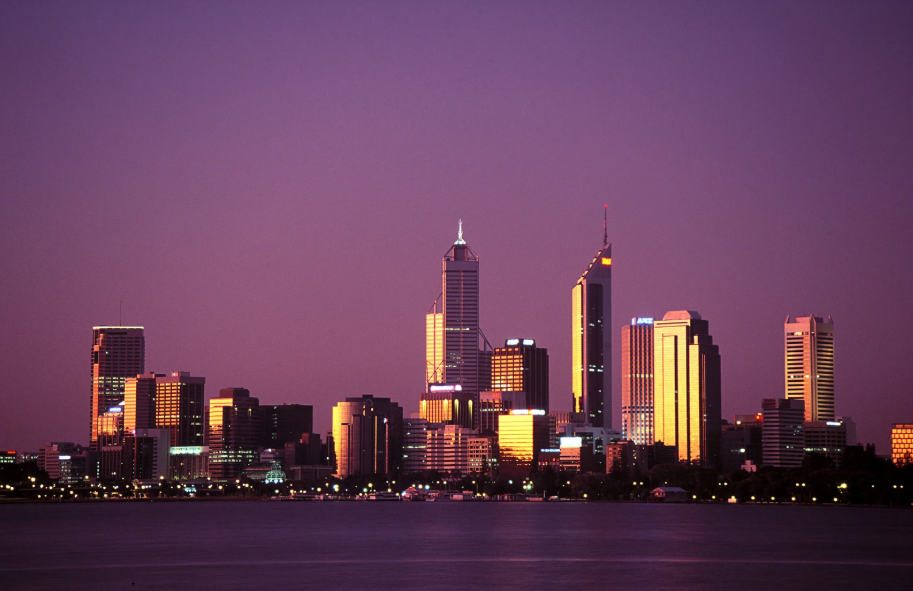Your Trusted
Real Estate Partner in
Australia
Buy, sell, or rent a house from over 7 million listings globally with professional help by your side, or join us and become part of our global network today!
Discover
Your one-stop property solution
Free Consultation with an Agent
Find my dream home through an agent
Sell or Rent property
Have an agent list my property
Manage My Deal
Follow up on my buying process
Mortgage Calculator
I want to calculate my budget
Register as a Real Estate Negotiator
I want to become a real estate negotiator in IQI
Latest Listings
Starting from: $ 634,000
Starting from: $ 845,000
Starting from: $ 399,000
Our story
Award-winning PropTech Agency

IQI goes beyond conventional boundaries.
With offices in 30+ countries and 50,000+ real estate negotiators and growing, we have a unique perspective into international best practices in real estate, allowing our team to become global real estate entrepreneurs through cross border property investment and transactions.
Countries
Agents
Projects
All-in-one
Connecting you globally
Invest with us
Invest on a platform with over 6 million global properties from more than 111 countries to empower yourself as a citizen of the world.
Advertise with us
Maximise advertising efficiency and lead conversion through our buyers using data.
Testimonials
Hear from our happy buyers
Learn
Tips and Guides
 Rising Returns: Why Perth Is the Bright Spot in Australia’s Housing Market Recovery?
Rising Returns: Why Perth Is the Bright Spot in Australia’s Housing Market Recovery?
This article is contributed by Lily Chong, Country Head of IQI AustraliaAustralia’s property market is back on the rise, with national home values increasing by 0.4% in March, marking the second month of growth after a brief three-month decline. According to CoreLogic’s Home Value Index, this broad-based recovery saw positive results in every capital city except Hobart, and gains across all regional areas. Darwin led the way with a 1.0% rise, while Sydney and Melbourne—Australia’s largest markets—have now enjoyed two months of upward movement. Sydney values are just 1.4% below their record high, and Melbourne, despite a longer downturn, has recovered by 0.9% over the past two months. What’s behind the bounce? Improved sentiment following the February interest rate cut is likely the main driver, improving both borrowing capacity and mortgage serviceability, says CoreLogic Research Director, Tim Lawless. However, he notes that with the rate-cutting cycle expected to be drawn out, affordability constraints could test the momentum. Interestingly, the growth in values is becoming more balanced across market segments. In Sydney, for example, upper-tier properties rose 0.6% in the past three months compared to 0.3% in the lower quartile, reversing a recent trend of stronger gains among more affordable properties. Perth has recorded a remarkable 75.9% surge in property values since the start of the pandemic, adding $348,519 to the median dwelling price, now at $807,715, according to CoreLogic. Houses rose by $367,000 and units by $225,000 over five years, making Perth the top-performing capital city in Australia, ahead of Adelaide and Brisbane. Regional WA also saw strong growth, with Geraldton up 94.4% and Bunbury rising 81.1%. The rapid rise is attributed to Perth’s previously low price point, following a market decline before 2020. Despite these gains, Perth remains more affordable than Sydney, Brisbane, Canberra, and Adelaide. Analysts predict values will grow by another 8% in 2025, though housing affordability remains a concern, especially for younger buyers, as highlighted by recent research from the Bankwest Curtin Economics Centre. For investors and homeowners alike, Perth’s property market presents exciting opportunities. Whether you’re considering selling, buying, or investing, now is the time to explore your options. Contact our team at sales@iqiwa.com.au to discuss your property goals today. Want deeper insights into global property trends? Download our comprehensive market value report to explore opportunities beyond AustraliaDownload
Continue Reading
 Australia’s Property Recovery: Growth and Slower Rent Increases
Australia’s Property Recovery: Growth and Slower Rent Increases
Written by Lily Chong, Head of IQI AustraliaCoreLogic’s national Home Value Index rose by 0.3% in February, signaling an end to a brief three-month downturn that had lowered home values by 0.4%. While the increase was modest, it was widespread, with most regions except Darwin (-0.1%) and Regional Victoria (flat) experiencing growth.Key trends include:Melbourne and Hobart lead gains: Both cities saw a 0.4% rise, reversing Melbourne’s ten-month streak of declining values.Mid-sized capitals slowing: Brisbane, Perth, and Adelaide, previously the strongest markets, recorded slower monthly growth (0.2%-0.3%). While Adelaide (1.2%) and Brisbane (0.9%) still lead quarterly gains, Perth’s growth has decelerated to 0.3%.Premium market rebound: Sydney and Melbourne’s upper-tier housing markets, which faced sharp declines, are now driving growth, consistent with past trends of high-value markets responding first to rate cuts.CoreLogic’s research director, Tim Lawless, attributes the market improvement to rising buyer confidence, influenced by expectations of lower interest rates, rather than increased borrowing capacity. Auction clearance rates have also returned to long-term averages, further indicating improved market sentiment.In February, national rents increased by 0.6%, marking the strongest monthly rise since May last year. However, this remains below the 0.9% increase recorded in February 2023 and the 1.2% surge in February 2021 during the rental boom.Key trends:Seasonal influence: Rental growth typically accelerates in the first quarter due to seasonal patterns, rather than underlying market shifts.Annual growth slowing: Over the past 12 months, rents have risen by 4.1%, the slowest annual increase since early 2021. Despite this, the growth rate remains double the pre-pandemic average of 2.0%.Declining growth in key cities: Darwin saw the sharpest slowdown, with annual rent growth dropping from a peak of 25% during the pandemic to just 1.4%. Sydney, Melbourne, and Brisbane unit rents have also slowed significantly, with annual growth now at 2.7%, 3.2%, and 3.3%, respectively—down from peaks above 15%.Impact of migration and household changes: The easing of net overseas migration and a shift towards larger households have reduced rental demand, especially in major cities.Rental growth in some markets: Hobart, the ACT, and Darwin’s unit market have experienced slight rental growth improvements compared to last year, albeit from previously weak conditions.CoreLogic’s Tim Lawless attributes the overall slowdown to normalizing migration trends and changing household sizes, which have alleviated some pressure on the rental market.FOR MORE UPDATE NEWSLATTER, CLICK HERE!
Continue Reading
 AUSTRALIA: NATIONAL HOUSING MARKET OVERVIEW
AUSTRALIA: NATIONAL HOUSING MARKET OVERVIEW
Written by Lily Chong, Head of IQI Australia The start of the year saw national dwelling values remain steady, with only a slight dip of 0.03% in January. While capital cities experienced a collective 0.2% decline, regional areas continued to grow, reaching new record highs with a 0.4% increase. Among the capital cities, Melbourne led the declines with a 0.6% drop, followed by the ACT (-0.5%) and Sydney (-0.4%). In contrast, Brisbane and Perth maintained growth, though at a slower pace, particularly in the detached housing market. Perth’s quarterly growth rate eased from 7.1% in June 2024 to just 1.0% in the three months to January. Meanwhile, Adelaide remained resilient, leading capital city growth over the past six months with a 4.8% increase. On an annual scale, national home value growth slowed significantly, dropping from a 9.7% peak in February 2024 to 4.3% in January. Melbourne (-3.3%), the ACT (-0.5%), and Hobart (-0.4%) recorded yearly declines, while Sydney posted a modest 1.7% gain—the lowest since June 2023. Regional Victoria was the only broad regional area to see a decline over the past year (-2.6%) . Perth Property Market SnapshotPerth’s housing market remains strong, with the median house sale price rising by 1.4% in January to $750,000—an impressive 23% increase year-on-year. Units also saw positive movement, with the median price increasing by 1.0% to $500,000, reflecting a 20.5% annual rise.According to REIWA CEO Cath Hart, property prices are still on an upward trajectory but at a more measured pace compared to 2024. She noted that while some buyers are taking their time with purchasing decisions, well-presented homes in desirable locations continue to attract strong interest and sell quickly. Sellers are encouraged to set realistic prices and focus on presentation to maximize their chances in the current market. Perth Rental Market TrendsRental prices in Perth also increased, with the median dwelling rent rising 3.1% in January to $670 per week—up 8.9% from a year ago. House rents increased by 1.5% to $680 per week, marking a 6.3% annual rise, while unit rents remained steady at $650 per week, up 12.1% year-on-year.Ms. Hart highlighted that while monthly rent prices continue to fluctuate, the significant slowdown in annual growth rates suggests a more moderate rental market compared to last year. A year ago, annual rental growth was 18.3% for dwellings, 16.4% for houses, and 20.8% for units.For more global update. Click here
Continue Reading
 House Prices Tipped to Rise by 3% in 2025
House Prices Tipped to Rise by 3% in 2025
Residential property prices across Australia are expected to grow modestly by 3% in 2025, supported by potential interest rate cuts that could rejuvenate a cooling market, according to a survey by The Australian Financial Review. As 2024 concluded, a slowdown in the market became evident, with national residential prices dipping by 0.1% in December — the first decline in nearly two years. Sydney saw a modest 2.3% rise for the year, while Melbourne’s prices dropped by 3%, reflecting challenges such as high borrowing costs and an abundance of properties for sale.Diverging Market DynamicsJo Masters, Chief Economist at Barrenjoey, forecasts further declines in Sydney and Melbourne over the first half of 2025, with prices stabilizing and gaining momentum later in the year. “Rate cuts and real income growth will drive improvement in the second half of the year, though prices are unlikely to fall overall for 2025,” she said. While the projected 3% national growth rate for 2025 marks a slowdown compared to last year’s 4.9% increase, smaller capitals like Perth, Adelaide, and Brisbane, which experienced growth of 19.1%, 13.1%, and 11.2%, respectively, are also expected to cool as affordability challenges mount.Auction Clearance Rates as an IndicatorAuction clearance rates, which hovered just above 50% by the end of 2024, signal ongoing market weakness, especially in Sydney and Melbourne. High stock levels in these cities further contribute to subdued price growth, with borrowing constraints likely to persist until mid-2025 when the first rate cuts are expected.Regional Variations and Buyer BehaviorPredictions for 2025 reveal varied outcomes across the country:Perth: Forecast to lead with price increases of up to 10%.Sydney and Melbourne: Growth remains subdued, with Sydney expected to rise by just 0.6%, and Melbourne potentially seeing a slight decline of 0.5%.Brisbane and Adelaide: Moderate growth of 4% to 6%.Experts, including Domain’s Chief of Research, Nicola Powell, suggest that even a single rate cut could spark renewed buyer activity, fueled by FOMO (fear of missing out) as affordability improves. This urgency may be particularly evident in areas with limited housing supply.Challenges AheadHowever, economic uncertainties — including geopolitical tensions, a potential global recession, and subdued domestic business investment — may dampen confidence, especially in higher-end markets sensitive to volatility.Long-Term OutlookWith affordability at its lowest level since 2008 and nearly half of gross household income required to service a mortgage, the market’s recovery will depend on how soon rate cuts occur and their impact on borrowing power. While Perth and Adelaide are positioned to benefit most, high-price capitals like Sydney and Melbourne may faceslower recovery due to existing affordability constraints.Domain projects national price growth between 4% and 6%, with Perth leading gains and some regional markets, such as those in Victoria, potentially seeing declines of up to 5%. As the housing market enters 2025, it is poised to navigate a delicate balance of interest rate adjustments, affordability pressures, and varying local market conditions.For more update newsletter, click here!
Continue Reading
























































 EN
EN